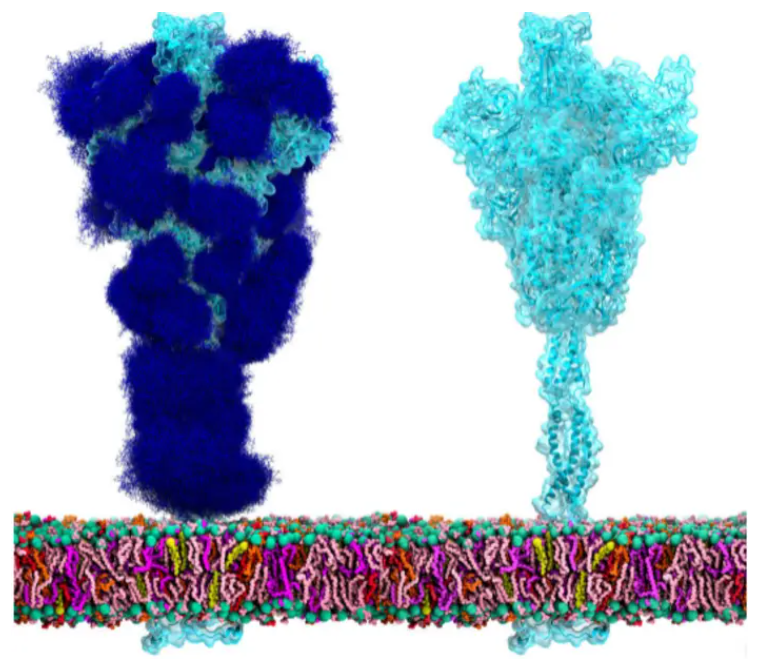Dr. Kathie Bishop Discusses an Effective Treatment for a Rare Neurological Disease
By Rob Dillard - Last Updated: May 10, 2024Recently, Acadia Pharmaceuticals announced positive top-line results from the pivotal, Phase III LAVENDER study, which evaluated the safety and efficacy of trofinetide in young women with Rett syndrome – a rare, neurological disease that occurs worldwide in about one of every 10,000-15,000 female births. Currently, there are no FDA-approved treatments for Rett.
DocWire News spoke with Kathie Bishop, PhD, Acadia’s Senior Vice President, Chief Scientific Officer and Head of Rare Diseases, to discuss the results, and clinical implications of this analysis.
DocWire News: Can you provide us with some background on yourself and your role with the company, Acadia Pharmaceuticals?
Dr. Kathie Bishop: Sure. I joined Acadia Pharmaceuticals about a year ago. Acadia is a biotech company with one approved product on the market, pimavanserin for the treatment of Parkinson’s related psychosis and then a pipeline of other programs within psychiatry, neurology and rare disease. I joined about a year ago as head of rare disease, also chief scientific officer and head of external innovation. And part of the reason I joined is Acadia’s interest in expanding their pipeline in rare disease, as we’re going to talk about, they had one program under development in Rett syndrome but beyond that, interest in expanding that, which is why they brought me on board. My background is I’ve worked in research and development of products within neurology and rare disease and especially genetic rare disease for over 20 years. Notably, I led the development of Spinraza for spinal muscular atrophy but I’ve worked on many programs in addition to that so that’s why they brought me in.
What is Rett syndrome, and what impact does it have on patients?
Rett syndrome is a severe neurodevelopmental disorder. I’ll just emphasize it’s not a neurodegenerative disease. A lot of people have that misconception but it’s a neurodevelopment disorder primarily occurring in girls but does affect a small number of boys. And what happens in these children is they develop normally until about six to 18 months of age and then what is noticed clinically is there is a decline or a lack of attainment of milestones, particularly in the areas of speech, communication and motor function. And then from there, there’s continued regression followed by a stable period. And what it affects mostly for these girls and their families, it has a huge impact. It affects communication, the ability to communicate using speech and spoken language, they lose motor function, they develop hand stereotypies, which impairs their ability to use their hands in a functional manner. They also develop seizures in about 80% of the patients and then also some additional behavioral symptoms that occur. A very severe impact on these girls and their families for the lifelong of these patients.
Can you talk to us about the Phase III LAVENDER study?
I should have added that there’s no treatment for these girls, so no FDA approved drugs for Rett syndrome. They’re generally treated just if they have seizures, antiseizure medication and then physical and occupational therapy. At Acadia we’re developing a drug called trofinetide, which is a naturally occurring tripeptide that comes from IGF-1 and what trofinetide is, is a synthetic version of that, making it have more drug-like properties. We recently concluded a phase three trial of trofinetide in a 187 girls and women with Rett syndrome, age five to 20. They were randomized, half of them got placebo and half of them got trofinetide and then over three months we studied their core symptoms of Rett syndrome using a couple different methods.
One outcome measure was something called the RSBQ or the Rett syndrome behavioral questionnaire and then that’s filled out by the caretakers. And then in addition, the clinicians rated improvement or worsening using a CGI-I scale. We are very pleased at the end of last year to find that the study was positive. We attained statistical significance on both of those co-primary endpoints, indicating that trofinetide had efficacy in this patient population. In addition, there was a key secondary endpoint, which is a measurement of communication and social interaction and that was also positive. I think really strong data supporting the efficacy of trofinetide for Rett syndrome.
What are the clinical implications of the findings?
Yeah. What we hear a lot when we talk to clinicians or reports to some of the families is they see improvement across several domains within Rett syndrome, including that really important ability to communicate non-verbally, as well as improvements in motor function, ability to use their hands, also improvements in attentiveness or alertness and sort social interaction. As I mentioned, there’s no approved treatments for Rett syndrome. What we plan on doing as next steps is filing our data in a new drug application with the FDA, middle of this year to seek approval for trofinetide for the treatment of Rett syndrome and if successful, it would be the first approved treatment for this disorder.
How can RNA-based therapies be used to treat severe and rare genetic neurodevelopmental diseases such as Rett?
I think what you’re talking about here is in addition to our exciting data in Rett syndrome, we also announced at the beginning of January that Acadia and Stoke Therapeutics entered into a partnership to use Stoke’s RNA based therapies to development treatments for three different programs. One of these is an additional program in Rett syndrome. The second is a program in a disorder called SYNGAP1, which is also another neurodevelopmental disease. And then the third is a third neurodevelopmental disease, which we haven’t really publicly disclosed the target. Stoke has a technology called TANGO, where they’re able to use their RNA based therapies to up regulate the amount of missing normal protein in what are called haploinsufficiency diseases. And these are diseases in which there’s a genetic defect causing suboptimal amounts of protein. And what they’re to technology does is just move that up a little bit, which is all you need to therapeutic levels. These programs are preclinical but we’re very excited to be working with Stoke on these three new programs.







 © 2025 Mashup Media, LLC, a Formedics Property. All Rights Reserved.
© 2025 Mashup Media, LLC, a Formedics Property. All Rights Reserved.